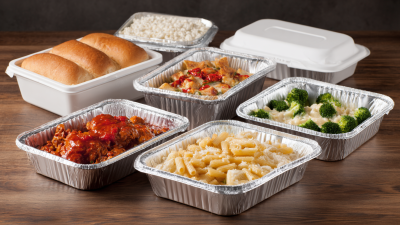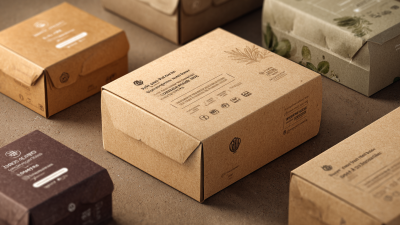Leave Your Message
As we look toward the 138th Canton Fair in 2025, the focus on **Cardboard Food Packaging Boxes** is set to reshape the food industry landscape. With the global market for food packaging projected to reach $600 billion by 2025, there is an increasing emphasis on sustainable materials that align with evolving consumer preferences. Recent reports indicate that cardboard packaging not only contributes to reduced carbon footprints but also enhances brand appeal due to its recyclable nature. In fact, the demand for eco-friendly packaging solutions has surged by over 30% in the last few years, driven by heightened consumer awareness regarding environmental impact. The Canton Fair serves as a pivotal platform for innovators in the packaging industry, showcasing advancements in cardboard technology and design that meet both functionality and aesthetic requirements. This convergence of sustainability and practicality underscores the significance of **Cardboard Food Packaging Boxes** in paving the way for a greener future in food logistics and retail.
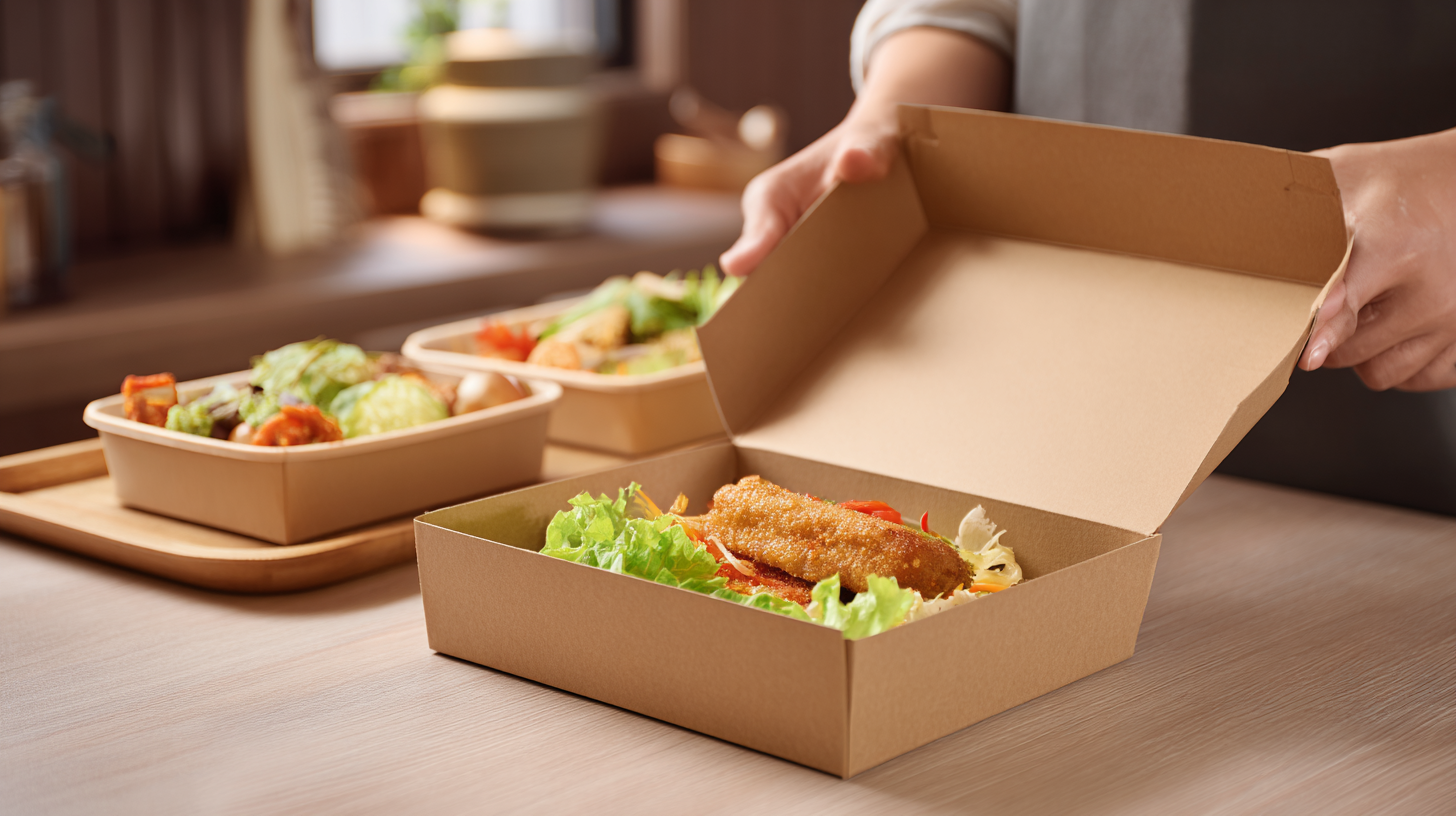
The 138th Canton Fair in 2025 is set to showcase a wide array of innovative trends in cardboard food packaging. As sustainability becomes a core focus in the packaging industry, manufacturers are stepping up their game by incorporating eco-friendly materials, innovative designs, and smart technology. This year, attendees can expect to see a variety of biodegradable options that not only meet usage demands but also contribute positively to the environment.
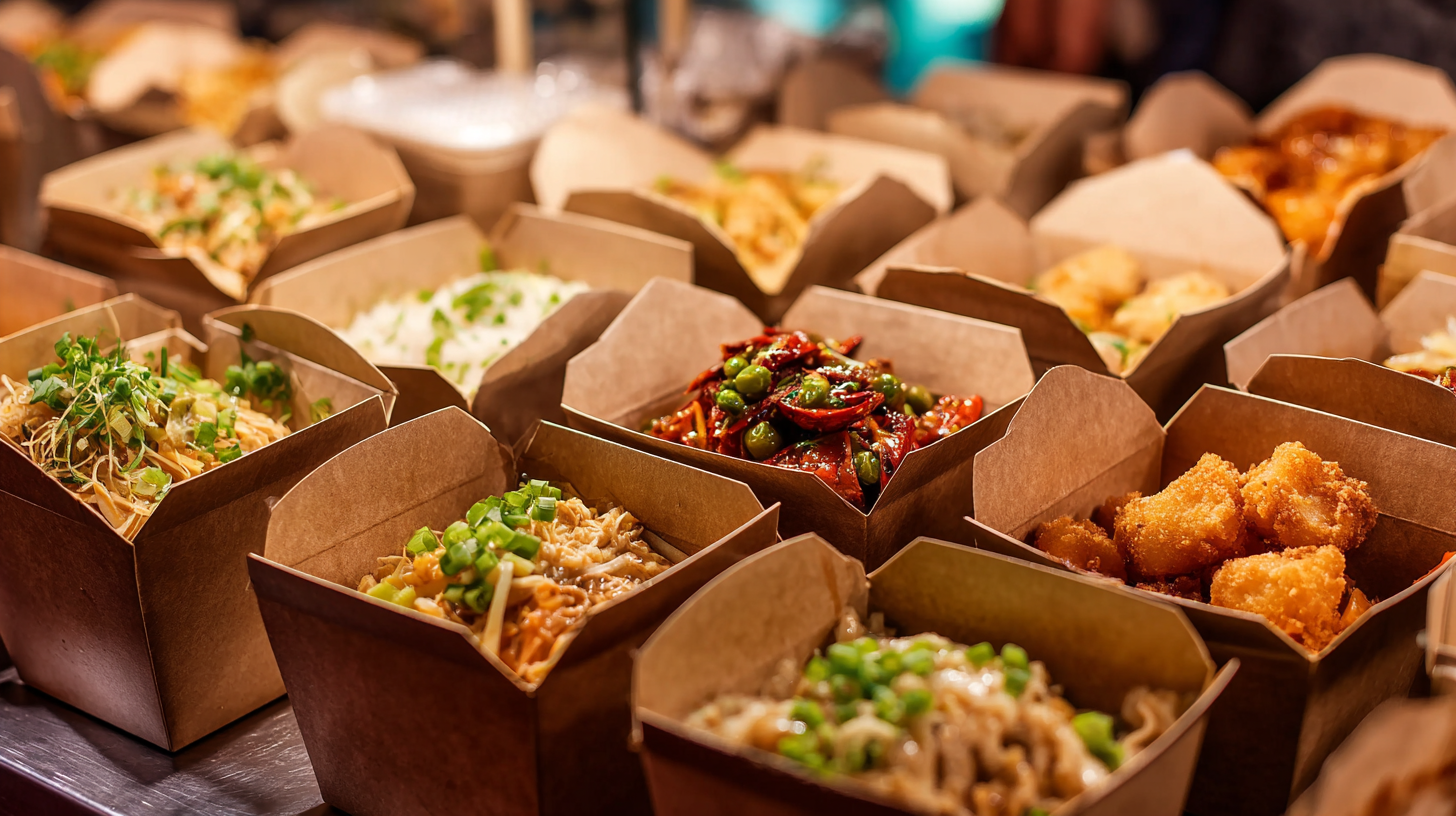
When exploring the latest trends, consider some useful tips for selecting the right packaging. Opt for materials that are both sturdy and lightweight, as they offer better protection while reducing shipping costs. Additionally, look for packaging that features insulation properties to maintain food quality during transit. Another trend to watch out for is customizable packaging solutions, which allow brands to make their products stand out on the shelves.
With the growing importance of consumer experience, many companies are also integrating interactive designs into their packaging. This can include QR codes that lead to recipes, sustainability information, or videos showcasing the brand’s story. As innovation continues to thrive in the cardboard food packaging sector, the Canton Fair 2025 is the perfect venue to explore these exciting developments.
The growing awareness of environmental issues has driven a significant shift toward sustainable practices in packaging design and manufacturing. At the 138th Canton Fair in 2025, cardboard food packaging boxes are expected to take center stage, showcasing innovative approaches that prioritize eco-friendliness.
This evolution is characterized by the use of recycled materials and advancements in technology that enhance the recyclability of cardboard, significantly reducing the carbon footprint throughout the product lifecycle.
Sustainable design principles are at the forefront of this transformation, where manufacturers are adopting practices that not only minimize waste but also utilize biodegradable inks and adhesives.
By focusing on life cycle assessment, companies can create packaging solutions that are not only functional but also aligned with global sustainability goals.
This commitment to responsible manufacturing reflects an industry-wide recognition of the need for a circular economy, encouraging the food industry to embrace cardboard as a viable alternative to plastic, ultimately catering to the increasing consumer demand for environmentally conscious products.
At the upcoming 138th Canton Fair in 2025, the spotlight will be on the innovative advancements in cardboard food packaging boxes, highlighting the essential role of technology in enhancing these solutions. The use of sustainable materials has become a significant trend, and the incorporation of technology is pushing the boundaries of what cardboard packaging can achieve. From smart sensors that monitor freshness to biodegradable coatings that improve moisture resistance, technological advancements are not just enhancing functionality but also addressing environmental concerns.
Furthermore, automation has streamlined the manufacturing process of cardboard packaging, making it more efficient and cost-effective. Automated design software allows for customized packaging solutions that can cater to specific food items, ensuring better protection during transit while minimizing waste. As brands increasingly focus on eco-friendliness and consumer engagement, technology will play a crucial role in creating innovative packaging designs that resonate with environmentally conscious consumers. The integration of augmented reality features can also transform the consumer experience, allowing users to interact with the packaging and learn more about the product they are purchasing.
As the 138th Canton Fair approaches in 2025, consumer preferences for cardboard food packaging boxes are poised to significantly shape the market landscape. According to a recent report by Smithers Pira, the global demand for sustainable packaging solutions, particularly cardboard, is projected to grow at a compound annual growth rate (CAGR) of 4.5%, reaching $450 billion by 2028. This surge in demand is primarily driven by increasing consumer awareness of environmental issues and the growing trend toward eco-friendly products.
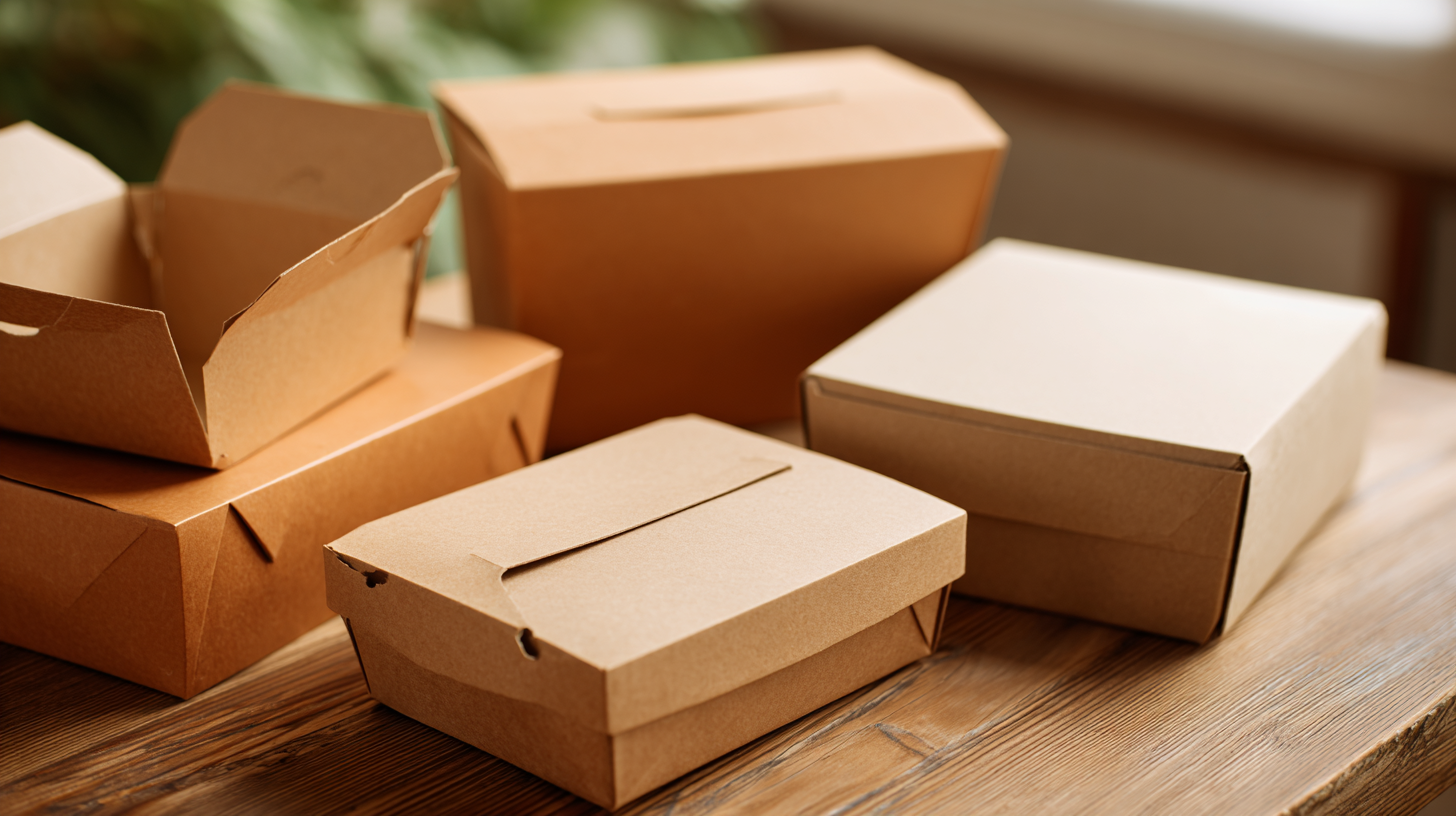
Research indicates that 70% of consumers now prefer brands that utilize sustainable packaging, highlighting a shift towards cardboard food packaging. Notably, a survey conducted by Nielsen shows that over 65% of respondents would pay more for products packaged in environmentally friendly materials. This alignment between consumer preferences and sustainability initiatives has prompted manufacturers to invest heavily in innovative cardboard solutions that not only meet regulatory standards but also enhance brand loyalty and consumer trust.
As such, the Canton Fair in 2025 will be a critical platform for industry stakeholders to showcase advancements in cardboard food packaging and respond to evolving market demands.
The 138th Canton Fair in 2025 is set to be a pivotal event for businesses in the cardboard food packaging sector. With the global trend towards sustainability, networking opportunities at the fair will be crucial for cardboard packaging businesses looking to align with eco-friendly practices. According to a recent report by Smithers Pira, the global market for sustainable food packaging is expected to reach $400 billion by 2025, highlighting the demand for innovative solutions that reduce environmental impact. The fair presents an ideal setting for businesses to connect with suppliers and manufacturers who are at the forefront of this evolving market.
Furthermore, the networking opportunities at the Canton Fair can foster collaborations that lead to the development of cutting-edge packaging solutions. A study from Research and Markets indicates that the green packaging market is anticipated to grow at a CAGR of 5.7% between 2020 and 2025. Businesses can leverage this growth by forming partnerships to innovate lightweight, recyclable, and biodegradable cardboard packaging options. Engaging with industry peers and stakeholders at the fair will enable these companies to share insights, explore new technologies, and ultimately enhance their competitive edge in the rapidly evolving food packaging landscape.
| Dimension | Value |
|---|---|
| Market Growth Rate (2023-2028) | 5.2% |
| Estimated Market Size (2025) | $30 billion |
| Sustainable Packaging Adoption Rate | 78% |
| Key Export Markets | USA, Europe, Asia |
| Networking Opportunities Available | Workshops, Exhibitor Meetings, Panel Discussions |
| Visitor Attendance Projection | 200,000+ Visitors |

